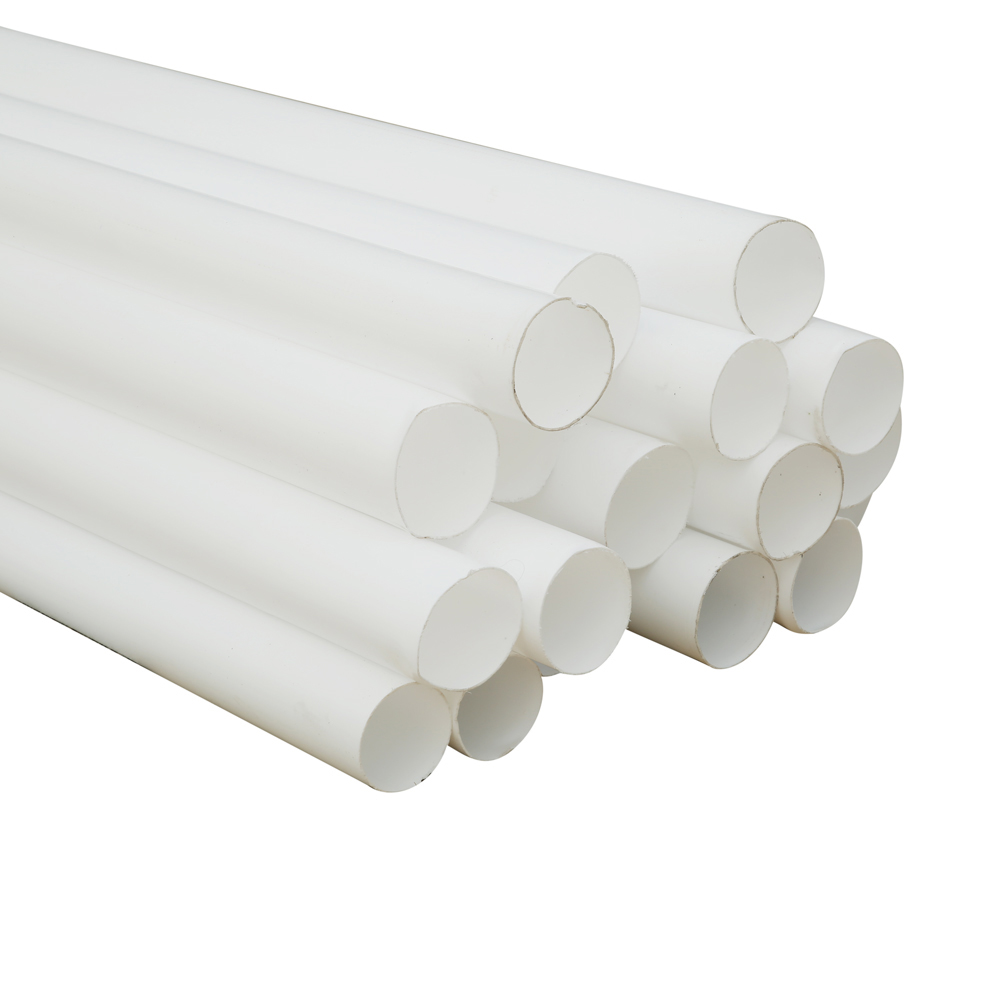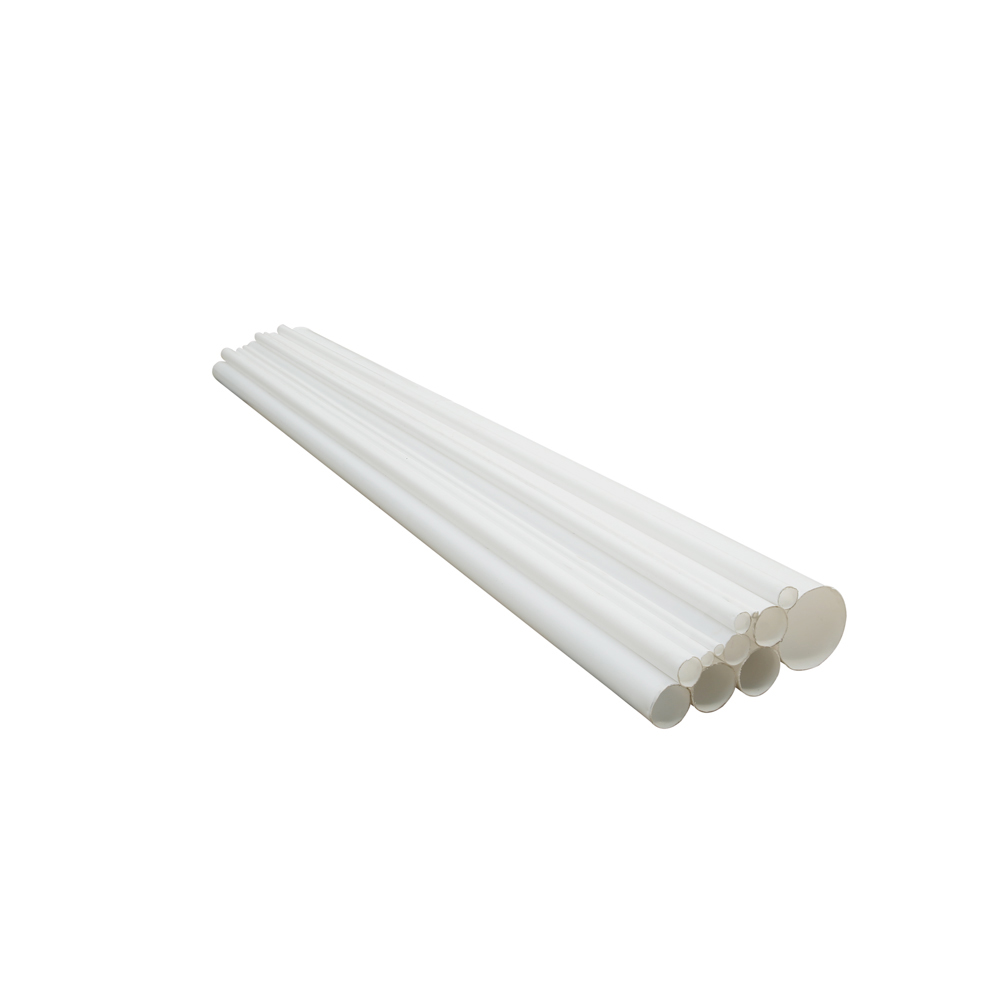PFA tubing, also known as perfluoroalkoxy tubing, is a type of fluoropolymer tubing that is widely used in various industries due to its excellent chemical resistance, high temperature tolerance, and low permeability. In China, PFA tubing is produced and supplied by numerous manufacturers to meet the growing demand for high-quality tubing solutions. However, despite its many advantages, the installation and maintenance of PFA tubing can present several challenges. In this article, we will explore the common challenges in the installation and maintenance of PFA tubing and discuss effective solutions to address them.

One of the primary challenges in the installation of PFA tubing is ensuring proper fitting and connection. PFA tubing is often used in applications where it is essential to maintain a leak-free system, such as in chemical processing, semiconductor manufacturing, and pharmaceutical production. Improper fitting and connection of PFA tubing can lead to leaks, which can compromise the integrity of the system and pose safety risks. To address this challenge, it is crucial to use high-quality fittings and connectors that are specifically designed for PFA tubing. Additionally, proper installation techniques, such as ensuring the tubing is cut squarely and free from any defects, can help prevent leaks and ensure a secure connection.
Another common challenge in the installation of PFA tubing is dealing with the flexibility and kinking of the tubing. PFA tubing is known for its flexibility, which can be both an advantage and a challenge during installation. Improper handling of the tubing can lead to kinking, which can restrict the flow of fluids and cause damage to the tubing. To overcome this challenge, it is important to use the appropriate tools and techniques for handling PFA tubing, such as using bending springs to maintain the tubing's shape and prevent kinking. Additionally, providing proper support and guidance for the tubing during installation can help maintain its integrity and prevent kinking.
In terms of maintenance, one of the key challenges with PFA tubing is the potential for chemical and environmental degradation. PFA tubing is designed to withstand harsh chemicals and extreme temperatures, but over time, exposure to certain chemicals and environmental factors can lead to degradation and deterioration of the tubing material. To effectively address this challenge, it is essential to regularly inspect the tubing for signs of degradation, such as discoloration, cracking, or loss of flexibility. Implementing a proactive maintenance schedule that includes regular inspections and replacement of tubing that shows signs of degradation can help prevent system failures and ensure the continued reliability of the tubing.
Another common challenge in the maintenance of PFA tubing is the buildup of contaminants and residues. In applications where PFA tubing is used to transport chemicals and other fluids, the buildup of contaminants and residues inside the tubing can occur over time, leading to reduced flow rates and potential contamination of the transported fluids. To mitigate this challenge, implementing regular cleaning and flushing procedures for PFA tubing can help remove any accumulated contaminants and residues, ensuring optimal performance and maintaining the purity of the transported fluids.
Furthermore, ensuring proper storage and handling of PFA tubing is essential for maintaining its integrity and performance. Improper storage conditions, such as exposure to direct sunlight or extreme temperatures, can lead to premature aging and degradation of the tubing material. To address this challenge, it is important to store PFA tubing in a clean, dry, and temperature-controlled environment, away from direct sunlight and sources of heat. Additionally, using proper handling techniques, such as avoiding sharp bends and excessive stretching, can help prevent damage to the tubing during storage and handling.
In conclusion, while PFA tubing offers numerous benefits in terms of chemical resistance, temperature tolerance, and low permeability, the installation and maintenance of PFA tubing can present several challenges. By addressing these challenges with effective solutions, such as using high-quality fittings and connectors, implementing proper handling and installation techniques, conducting regular inspections and maintenance, and ensuring proper storage and handling, the reliability and performance of PFA tubing can be maintained, ensuring its continued suitability for a wide range of industrial applications. As the demand for PFA tubing continues to grow in China and globally, addressing these challenges is essential for maximizing the benefits of this versatile tubing solution.

Post time: Apr-09-2024

